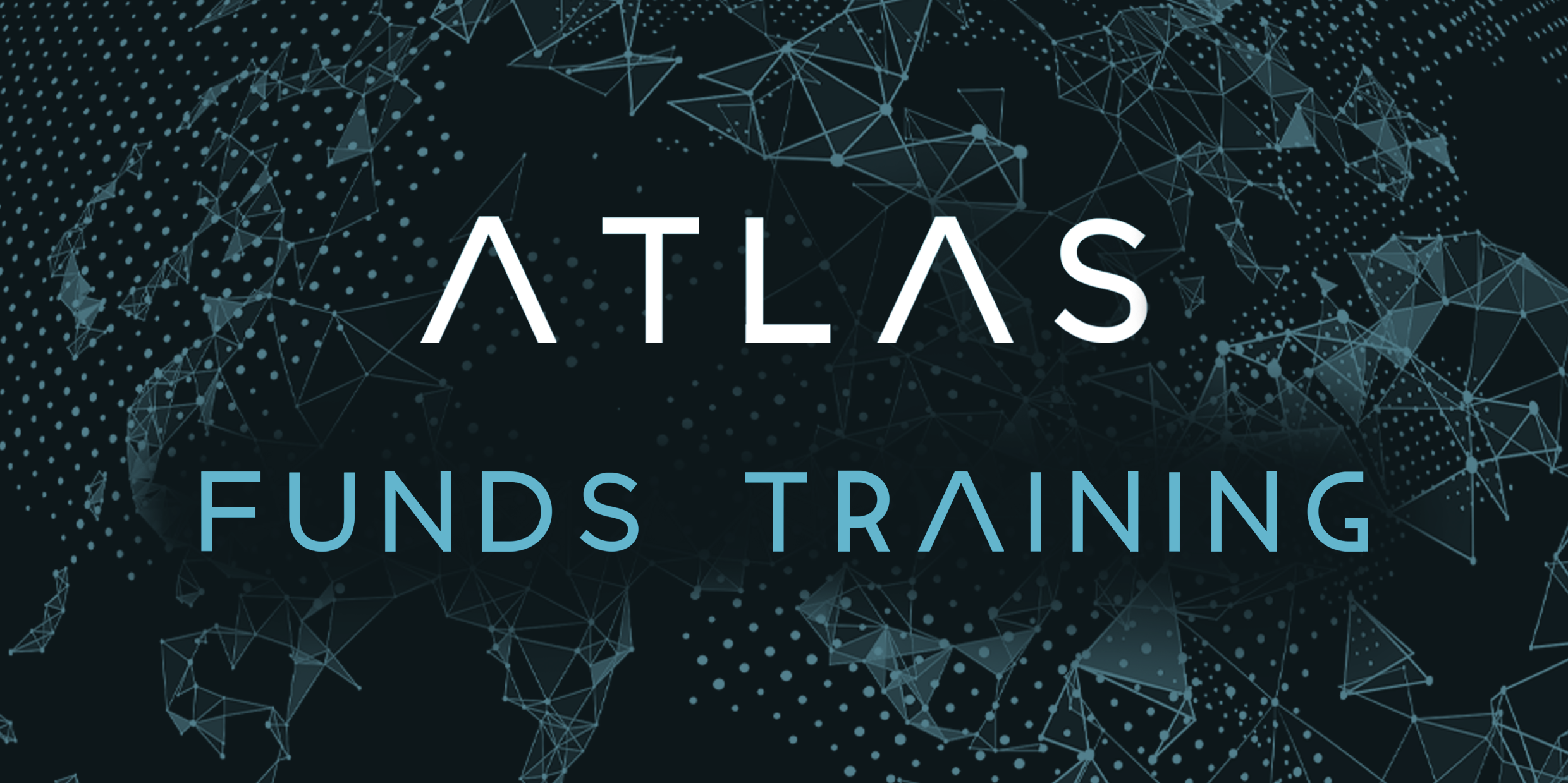Friday August 13 2021
News Source: Fund Regulation
Focus: Solvency II
Type: General
Country: UK
The Solvency II Review will be informed by a wide range of sources of information and analysis. This includes responses to HM Treasury’s Call for Evidence (CfE), where respondents have already provided detailed information on a range of issues, across its 11 chapters, including streamlining regulatory processes and areas for greater flexibility, such as eligibility criteria for the Matching Adjustment (MA). However, there are some areas where we seek to obtain further insights to inform the review work. This includes through the QIS, Qualitative Questionnaire, and separate work on regulatory reporting.
The QIS and the Qualitative Questionnaire are more targeted in nature and do not cover all areas of the Solvency II Review. They differ in their respective focuses and scopes, although there are some topics, such as Risk Margin, MA, and Transitional Measure on Technical Provisions (TMTP), which are explored in both.
Purpose and content of the Qualitative Questionnaire
The PRA are working closely with HM Treasury to develop a range of potential reforms to Solvency II to achieve three objectives the Government has set for the review: to spur a vibrant, innovative, and internationally competitive insurance sector; to protect policyholders and ensure the safety and soundness of firms; and to support insurance firms to provide long-term capital to underpin growth.
The Qualitative Questionnaire will complement the QIS by allowing us to undertake a broader analysis of areas for reform, beyond quantitative balance sheet impacts. Specifically, the questionnaire will gather information for three key purposes:
- First, to support the development of reforms to make the regime more streamlined and/or flexible – this includes MA requirements, the internal model approval framework, and the TMTP.
- Second, to understand the business impacts of potential policy design options, particularly how firms might respond to regulatory changes to the Risk Margin, MA, and internal model approval framework; and how these changes might support the objectives of the review.
- Third, to understand the costs of complying with the current regime, as well as the implementation costs of potential policy design options, for example for the Risk Margin and the MA.
Click on the above link for further information.



